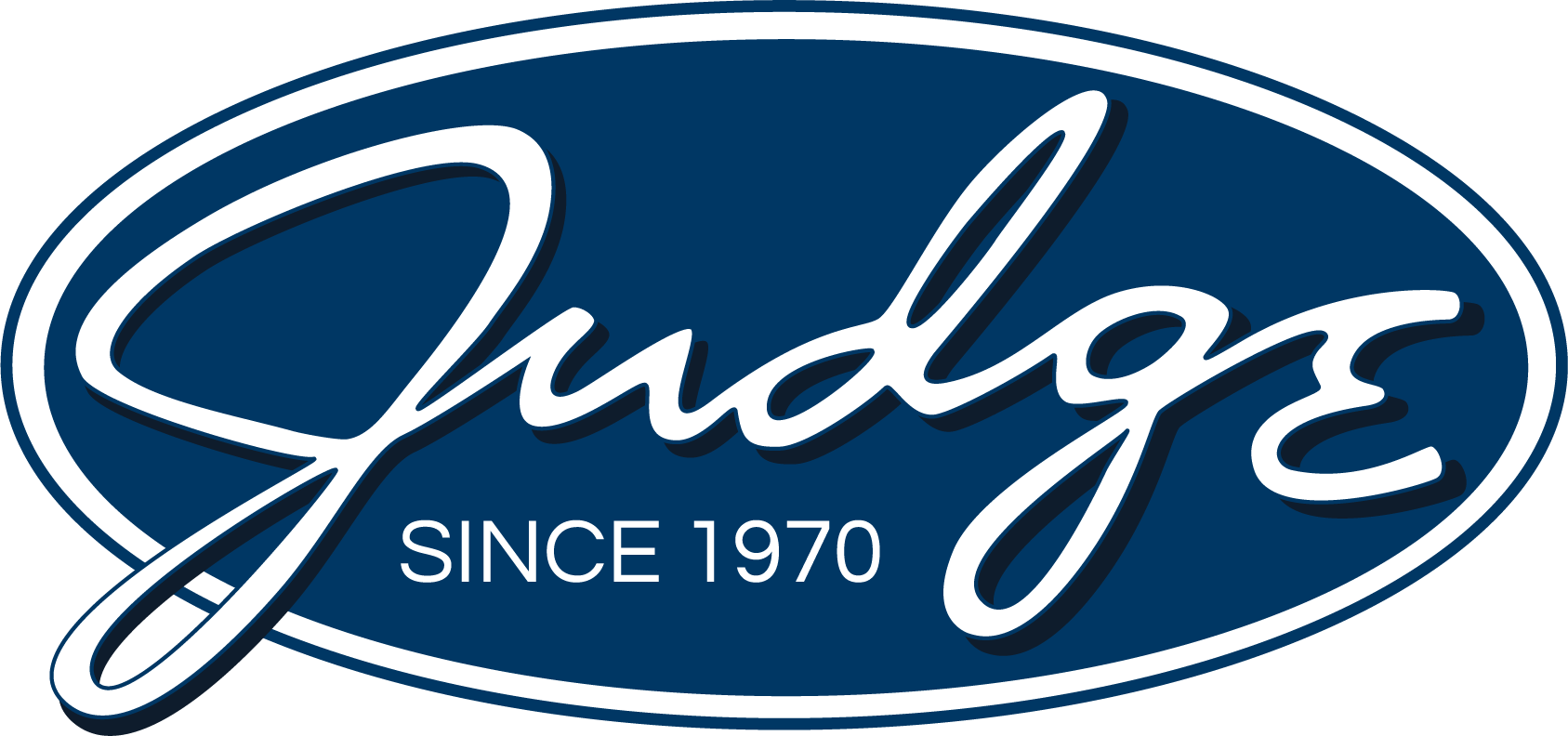Why Embedded Partnership is the Real Game Changer in Managed Capacity
Most conversations about workforce planning start with speed. How fast can we find the right people? How soon can they start? Good questions, definitely, but they’re only part of the picture. Typically, the harder part begins after the start date.
That’s when performance has to be managed, teams need rebalancing, and shifting priorities start pulling resources in different directions. You must get the right talent in the room, of course, but once they’re there, it is critical that they keep adding value.
I’ve been preaching about managed capacity for months because I’ve seen firsthand how transformational it can be for companies that need talent but don’t have time to manage it day-to-day. What makes me such a believer in this model is that it’s designed to focus on what happens after onboarding. When looking at a client’s situation, managed capacity isn’t about rushing consultants in the door — it’s about delivering consistently and supporting the work and relationships that extend well beyond the immediate need.
Let me tell you about a colleague of mine. She’s an engagement manager at one of my favorite clients. Her job is to completely focus on the value that we bring to the company across the many engagements we have with them. Get this: She’s so embedded in the company that she has a desk inside their headquarters down the hall from the C-suites. She joins meetings and shares hallway conversations. She understands the day-to-day realities of what the company is up against and therefore can quickly shift the consultants accordingly. She’s not there to expand the contract or chase new work. She’s there to make sure what’s already in motion stays on track.
This kind of human connection is critical — especially in an increasingly automated, AI-driven world. Even better? This connection is a pull from our clients, not just a push from us. They were tired of managing outside vendors, frustrated by limited visibility into performance, and slowed down by constant handoffs. They asked for something better, and we delivered.
A Different Kind of Oversight
Traditional staffing models often leave the day-to-day management to internal teams. That works in plenty of cases, but some organizations need more when priorities shift quickly or multiple workstreams are in play. Managed capacity is structured to remove some of that friction. Engagement managers keep an eye on performance, help surface issues early, and make adjustments when needed.
What Embedded Partnership Looks Like
Our best managed capacity partnerships share a few important traits:
- Sustained involvement. A strong partner doesn’t step back after onboarding. They stay connected — tracking performance, coordinating with team leads, and addressing small issues before they escalate
- Shared accountability. When companies rely on external support, ownership can sometimes get blurry. A true partnership draws a clear line: you define the vision and set the priorities, and the partner takes responsibility for execution. That clarity allows both sides to stay focused on what matters and to respond when something isn’t working.
Recently, my colleague was working with the client and it was becoming clear that part of the project wasn’t adding enough value. She met with the client, they brainstormed ideas, and together we decided to scale back the team. Some vendors would have let it slide and held onto the bigger contract. That’s not cool — and that’s not how we work. This is what shared accountability looks like: having skin in the game and making decisions that serve the partnership, not just the bottom line - Operational lift, not load. A well-structured model offloads administrative tasks like onboarding logistics, documentation, compliance, and performance reviews. That gives your HR, ops, and PM teams space to focus on the work that really moves the needle.
Working Toward the Same Outcomes
The driving force behind a solid managed capacity model is alignment. When roles are clearly defined — you own the vision, your partner owns the execution — teams move faster, leadership can stay focused, and projects land more predictably.
Sometimes that looks like scaling up quickly. Sometimes it’s helping a project land a little more smoothly. Sometimes it’s just about continuity and keeping a team stable to finish the job well.
Final Thought
Great talent gets the managed capacity project going. But it’s the investment of engagement managers like my colleague that takes the work from a contract to a partnership. People like her are there to be a constant connection with our clients. They take the structured managed capacity system that we put in place and then add performance management, project agility, and customer focus to keep the system going and always adding value. Like I said…game changer.
Want to chat more about this? Contact us today.
Mark Burke joined The Judge Group in 2019 and is the Vice President of Solutions & Strategy where he consults with clients to help them assess their situation, create a strategy, and design and develop a best-in-class solution. Mark’s experience includes the creation of five online universities, the development of learning solutions for many Fortune 100 companies, owning his own assessment and consulting company, and 20 years of developing and implementing strategic solutions in both corporate and higher education environments.





